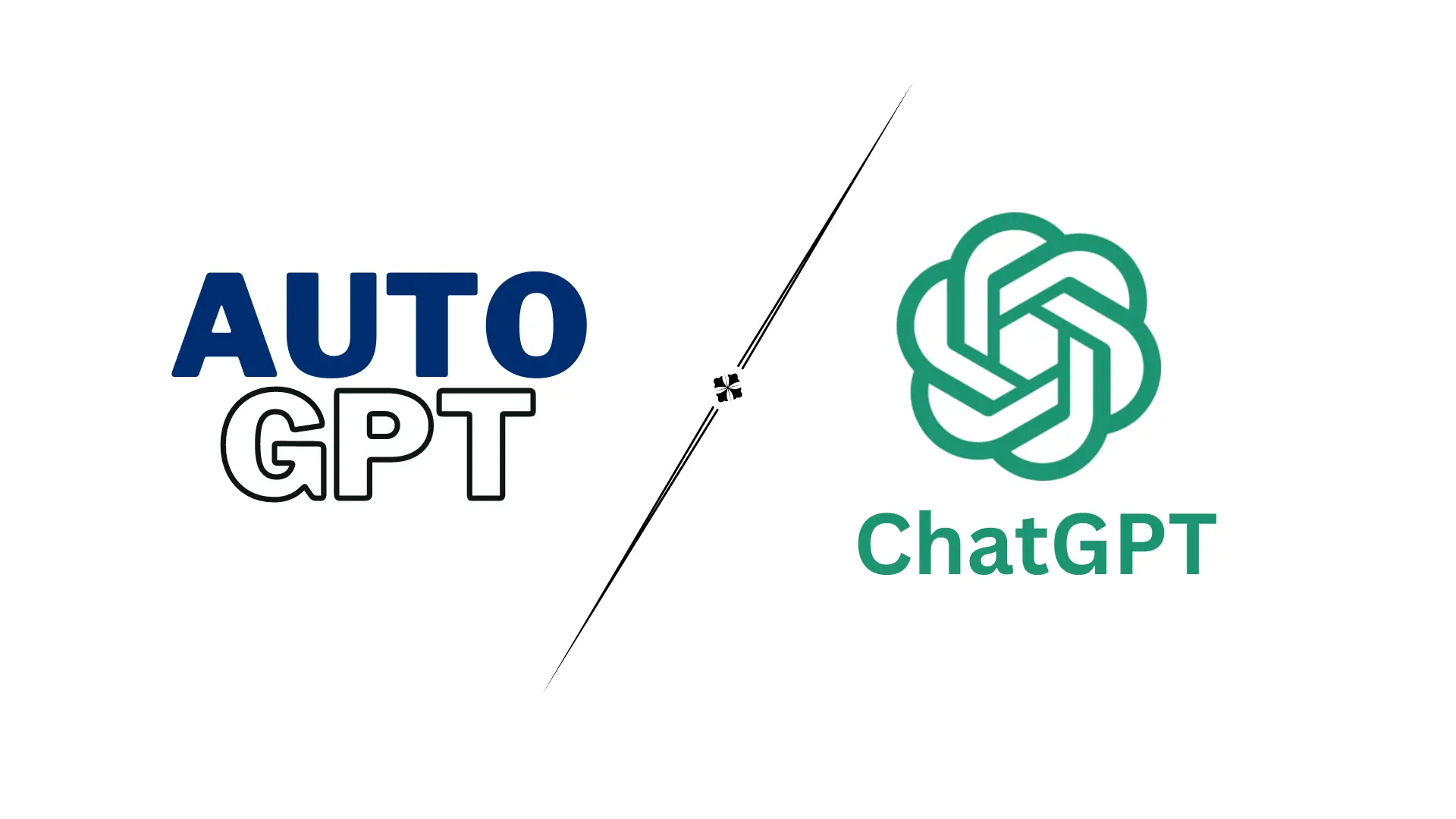
As decades of experimentation and implementation converge and artificial intelligence becomes woven into our lives, what was once unreal and unimaginable is becoming tangible. Truth be told, we’ve lived with AI for years. For those who want to be reminded (especially given the widespread panic that AI will take our jobs), AI has already permeated many aspects of our daily lives.

The cars we drive are built by robots that can automate even the most complex tasks. Complex computer algorithms have gradually learned and improved on everything from how you use your smartphone to the research process in this article. While many are concerned about the dangers of AI, we are particularly interested in how AI can help people, especially when it comes to improving leisure activities and outdoor experiences.
Like many enthusiasts, we were intrigued by the language model introduced last fall and wanted to reveal its amazing capabilities. ChatGPT not only answered our deepest questions, but we were interested in delving even deeper into the AI power of the seemingly omniscient crystal ball. We wanted to know more and asked questions such as:
How can AI help people outdoors? Of course, we wanted to validate these predictions in real-world applications. Here’s a glimpse into the AI-powered future of how artificial intelligence can impact every aspect of nature.
1. AI-based navigation system
Using AI to provide real-time navigation and information can help hikers and backpackers navigate unfamiliar terrain and avoid hazards.
Google is already leveraging AI and machine learning for everyday drivers, hikers and cyclists. At this point, I can’t imagine that his view of his street and his cars (not to mention all-terrain drones) will soon have access to the backcountry to collect real-time his data. That mission is still on satellites and images on his Google Earth, which he may have been three years ago. Most GPS devices rely heavily on cameras and sensors that provide input to machine learning algorithms trained to spot potential hazards and warn hikers. It’s exciting to imagine a future where impossible river crossings can be marked as easily as a lane-blocking fender.

2. Wildlife Tracking Using AI
AI systems help park rangers and wildlife biologists monitor wildlife populations, track migration patterns, and predict the likelihood of a visitor encountering wildlife.
America’s wildlife habitats are currently being monitored and surveyed using a variety of techniques. Motion-activated camera traps record species numbers and behavior, providing valuable insights. Wireless tagging can also be used to collect data on large predators such as mountain lions and bears, and the general public frequently reports encounters with large animals. By training AI to analyze this combined data, not only can it help protect and conserve wildlife, but it can also alert visitors to potential wildlife encounters, minimizing the risk of harmful interactions. It can also provide more precise information to suggest actions to limit.
3. Virtual guide
AI-powered virtual guides can provide visitors with real-time information and recommendations, and answer questions about trails, wildlife, and local areas. Visitor centers in our national parks already provide a wealth of information, but post-pandemic recovery is putting tremendous pressure on rangers who are already under-resourced. As the rest of the world becomes increasingly automated, we look forward to future versions of information kiosks where AI-powered technology gathers daily facts and figures to answer adventurers’ most common questions. I’m here. Giving new meaning to the long-standing motto “know” before you go.
4. Intelligent Rescue Drone
AI-powered drones can quickly locate and assist people in need, such as lost hikers and injured climbers during outdoor adventures.
Every year we hear about adventurers going missing, but these are just a few. Even with avalanche beacons and satellite devices saving lives, the pressure on local search and rescue teams is relentless and intense. By training AI drones to navigate treacherous terrain, transport medical supplies, and even analyze noise changes to detect the tiniest call for help, technological advances in this area are making the most progress. It has the potential to outperform smart devices and even sniffer dogs.

5. Predictive Maintenance for Outdoor Equipment
AI algorithms can predict when outdoor equipment such as tents, backpacks, and hiking gear will need maintenance or replacement, helping people avoid unexpected breakdowns during trips.
“Buy the best, cry once” used to be a simple mantra for anyone serious enough to shell out for foolproof gear. With products now mass-produced all over the globe, durability and reliability are swiftly outgrowing those reams of varied (and often questionable) customer reviews to guide our decisions and intel about when the glue on a backpacking tent might fail or our snowboard bindings may need replacing. Pulling data from a global network of experts (like a high-tech tuneup schedule for your car), AI could foreseeably aggregate maintenance data into a helpful app or plug-in to suggest everything from replacing the compression cords in your tent poles to hinting at the next time you need to sharpen the edges of your skis. ChatGPT generated the predictions listed in this article. This artwork was created by his Midjourney based on suggestions from the author.





